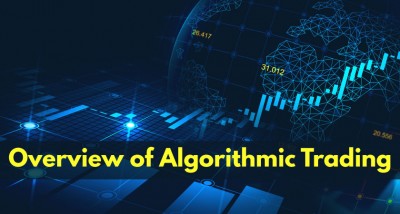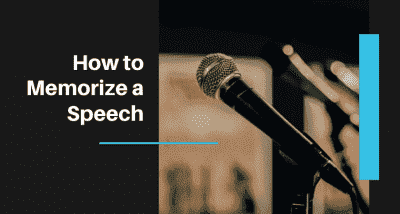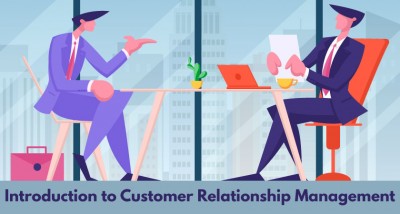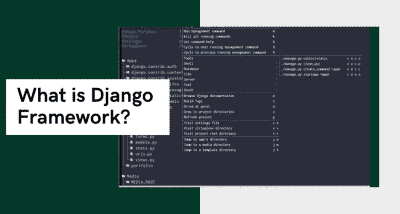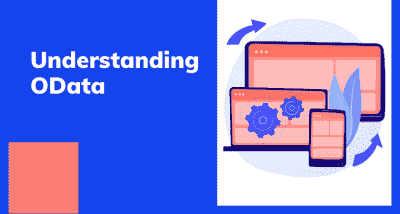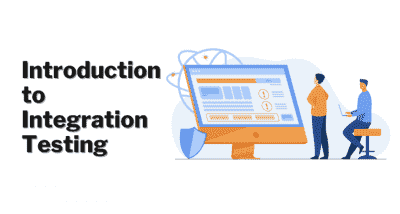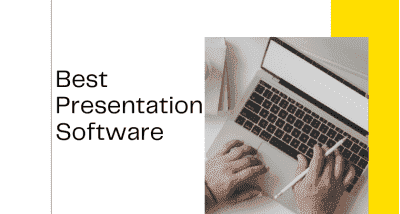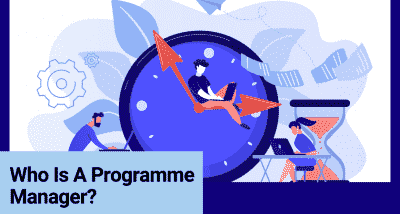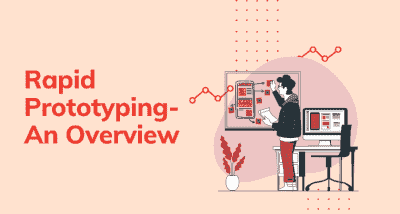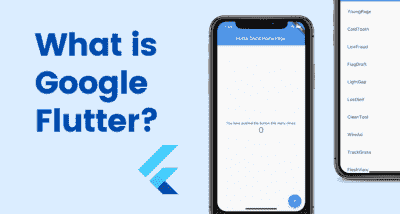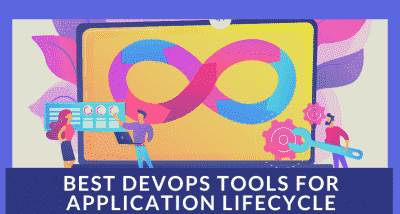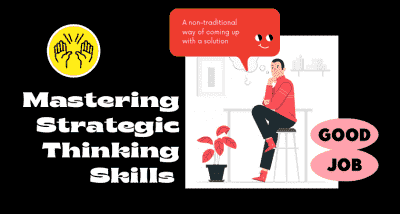Artificial Intelligence Determining your Workplace
- Swetha Y
- Jun 10, 2019
- 0 commentaires
- 2824 Vues

Artificial intelligence (AI) is quickly changing just about every aspect of how we live our lives, and our working lives certainly aren’t exempt from this.

Soon, even those of us who do not happen to work for technology companies (although as every company moves towards becoming a tech company, the number of technology dependents will be fewer) will find AI-enabled machines increasingly present as we go about our day-to-day activities.
From how we are recruited and on-boarded to how we go about on-the-job training, personal development and eventually passing on our skills and experience to those who follow in our footsteps, AI technology will play an increasingly prominent role.
Here’s an overview of some of the recent advances made in businesses that are currently on the cutting-edge of the AI revolution, and are likely to be increasingly adopted by others seeking to capitalize on the arrival of smart machines.
Recruitment and On-boarding
Before we even set foot in a new workplace, it could soon be a fact that AI-enabled machines have played their part in ensuring we’re the right person for the job.
AI pre-screening of candidates before inviting the most suitable in for interviews is an increasingly common practice at large companies that make thousands of hires each year, and sometimes attract millions of applicants.
Pymetrics is one provider of tools for this purpose. It enables candidates to sit a video interview in their own home, sometimes on a different continent to the organization they are applying to work for. After answering a series of standard questions; their answers – as well as their facial expressions and body language – are analyzed to determine whether or not they would be a good fit for the role.
Another company providing these services is Montage, which claims that 100 of the Fortune 500 companies have used their AI-driven interviewing tool to identify talent before issuing invitations for interviews.
When it comes to on-boarding, AI-enabled Chabot’s are the current tool of choice, for helping new hires settle into their roles and get to grips with the various facets of the organizations they’ve joined.
Multinational consumer goods manufacturer Unilever uses a Chabot called Unabot, which employs natural language processing (NLP) to answer employees' questions in plain, human language. Advice is available on everything from where they can catch a shuttle bus to the office in the morning, to how to deal with HR and payroll issues.
On-the-job training
Of course, learning doesn’t end once you’ve settled into your role, and AI technology will also play a part in ongoing training for most employees in the future.
It will also assist with the transfer of skills from one generation to the next – as employees move on to other companies or retire, it can help to ensure that they can leave behind the valuable experience they’ve gained for others to benefit from, as well as take it with them.
Engineering giant Honeywell has developed tools which utilize augmented and virtual reality (AR/VR) along with AI, to capture the experience of work and extract “lessons” from it which can be passed on to newer hires. Employees wear AR headsets while carrying out their daily tasks. This captures a record of everything the engineer does, using image recognition technology, which can be played back, allowing trainees or new hires to experience the role through VR.
Information from the video imagery is also being used to build AR tools that provide real-time feedback while engineers carry out their job – alerting them to dangers or reminding them to carry out routine tasks when they are in a particular place or looking at a particular object.
Augmented workforce
One of the reasons that the subject of AI in the workplace makes some people uncomfortable is because it is often thought of as something that will replace humans and lead to job losses.
However, when it comes to AI integration today, the keyword is very much "augmentation" – the idea that AI machines will help us do our jobs more efficiently, rather than replace us. The key idea is that they will take over the mundane aspects of our role, leaving us free to do what humans do best – tasks which require creativity and human-to-human interaction.
Just as employees have become familiar with tools like email and messaging apps, tools such as those provided by PeopleDoc or Better works will play an increasingly large part in the day-to-day workplace experience.
These are tools that can monitor workflows and processes and make intelligent suggestions about how things could be done more effective or efficient. Often this is referred to as robotic process automation (RPA).
These tools will learn to carry out repetitive tasks such as arranging meetings or managing a diary. They will also recognize when employees are having difficulty or spending too long on particular problems, and be ready to step in to either assist or if the job is beyond something a bot is capable of doing itself, suggest where human help can be found.
Surveillance in the workplace
Of course, there’s a potential dark side to this encroachment of AI into the workplace that’s likely to leave some employees feeling distinctly uncomfortable.
According to a Gartner the survey, more than 50% of companies with a turnover above $750 million use digital data-gathering tools to monitor employee activities and performance. This includes analyzing the content of emails to determine employee satisfaction and engagement levels. Some companies are known to be using tracking devices to monitor the frequency of bathroom breaks, as well as audio analytics to determine stress levels in voices when staff speak to each other in the office.
Technology even exists to enable employers to track their staff sleeping and exercise habits. Video game publisher Blizzard Activision recently unveiled plans to offer incentives to staff who let them track their health through Fitbit devices and other specialized apps. The idea is to use aggregated, anonymized data to identify areas where the health of the workforce as a whole can be improved. However, it’s clear to see that being monitored in this way might not sit particularly well with everyone.
Workplace analytics specialists Humanize use staff email and instant messaging data, along with microphone-equipped name badges, to gather data on employee interactions. While some may consider this potentially intrusive, the company says that this can help to protect employees from bullying or sexual harassment in the workplace.
Workplace Robots
Physical robots capable of autonomous movement are becoming commonplace in manufacturing and warehousing installations, and are likely to be a feature of many other workplaces in the near future.
Mobility experts Segway have created a delivery robot that can navigate through workplace corridors to make deliveries directly to the desk. Meanwhile, security robots such as those being developed by Gamma 2 could soon be a common site, ensuring commercial properties are safe from trespassers.
Racing for a space in the office car park could also become a thing of the past if solutions developed by providers such as Park Plus become commonplace. Their robotic parking assistants may not match our traditional idea of how a robot should look, but consist of automated “shuttle units” capable of moving vehicles into parking bays which would be too small for humans to manually park in – meaning more vehicles can fit into a smaller space.
One thing is clear; AI is going to transform the employee experience in most Workplaces.

